致谢信 | DART BOARD四岁啦!
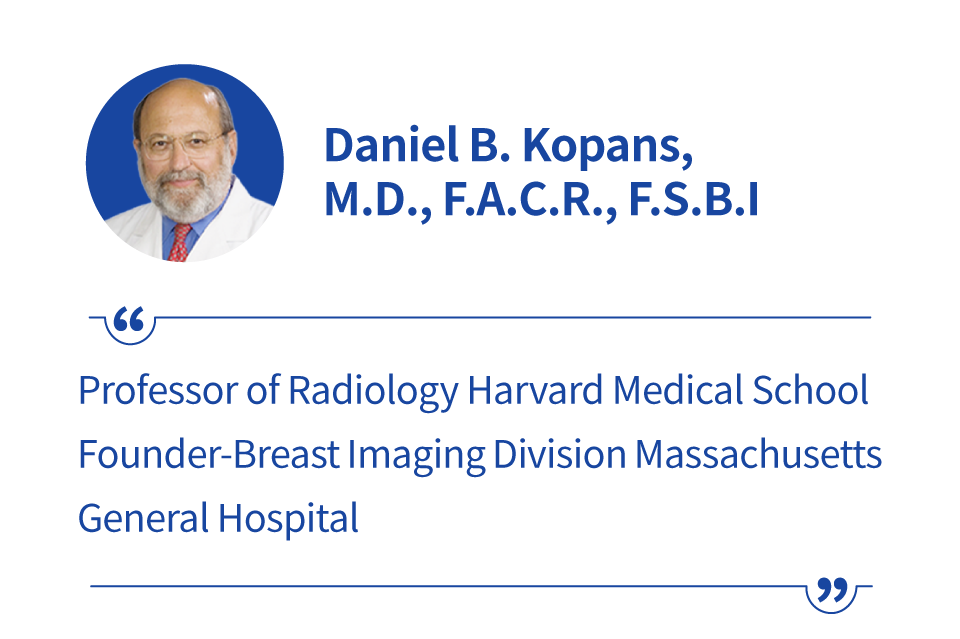
首先,我想对你们一直以来的支持与陪伴表达最诚挚的感谢。你们的鼓励和关注是我坚持创作的重要源泉。
过去四年间,我分享了大量专业信息,并始终致力于解答各位读者的疑问。
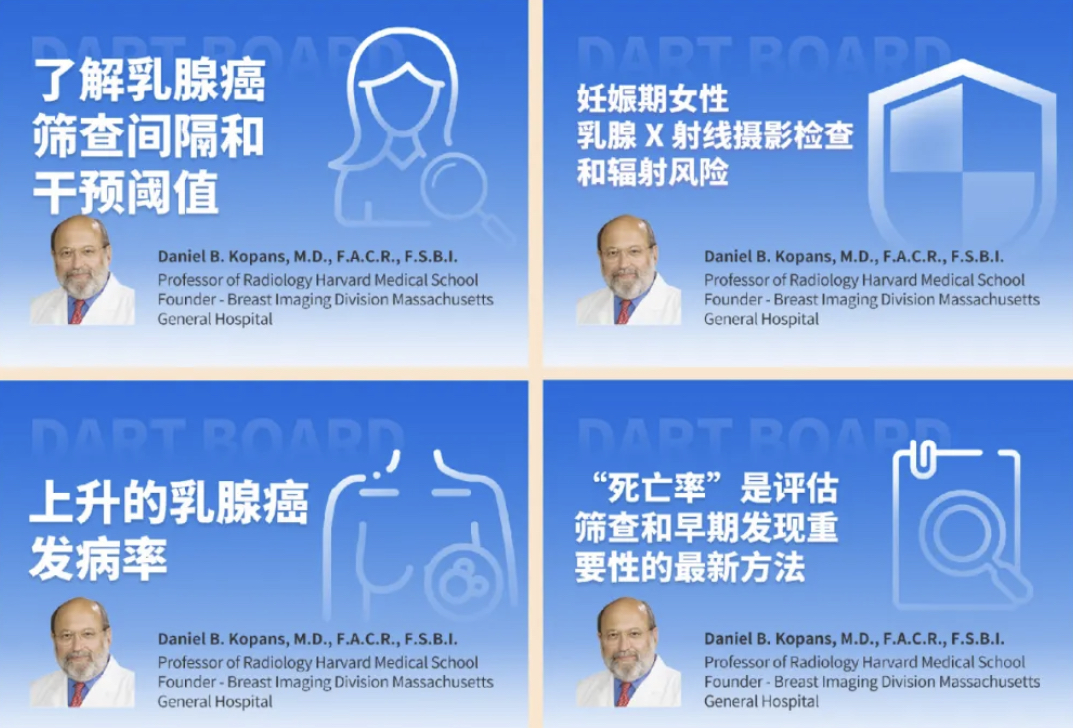
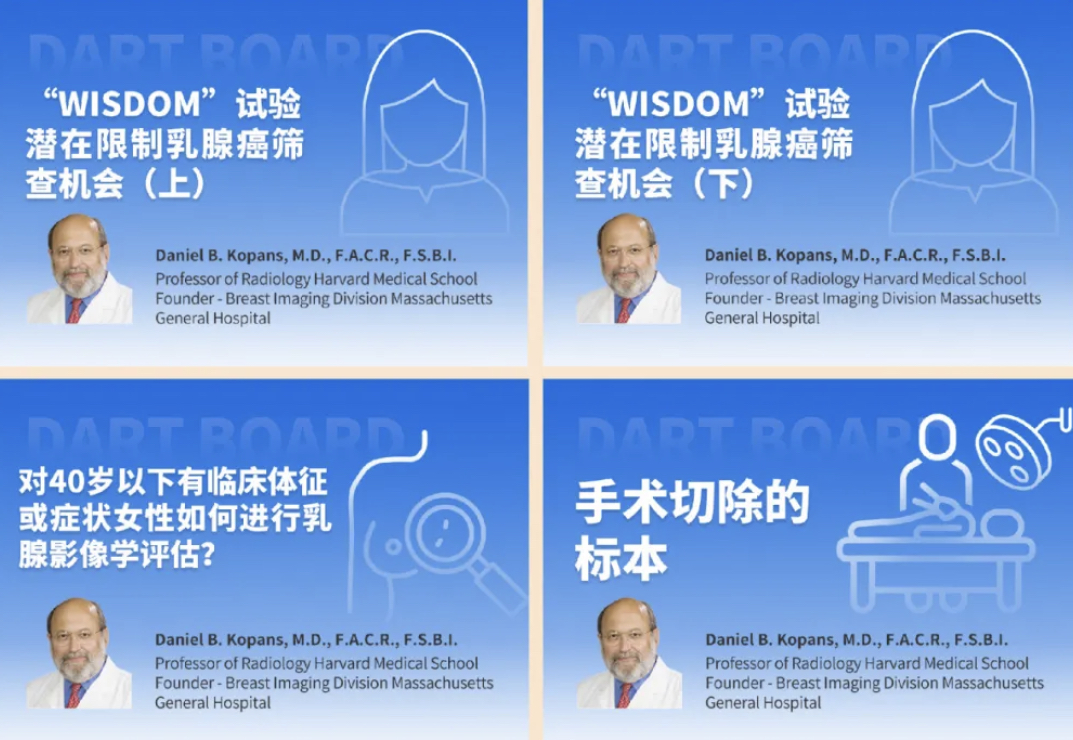
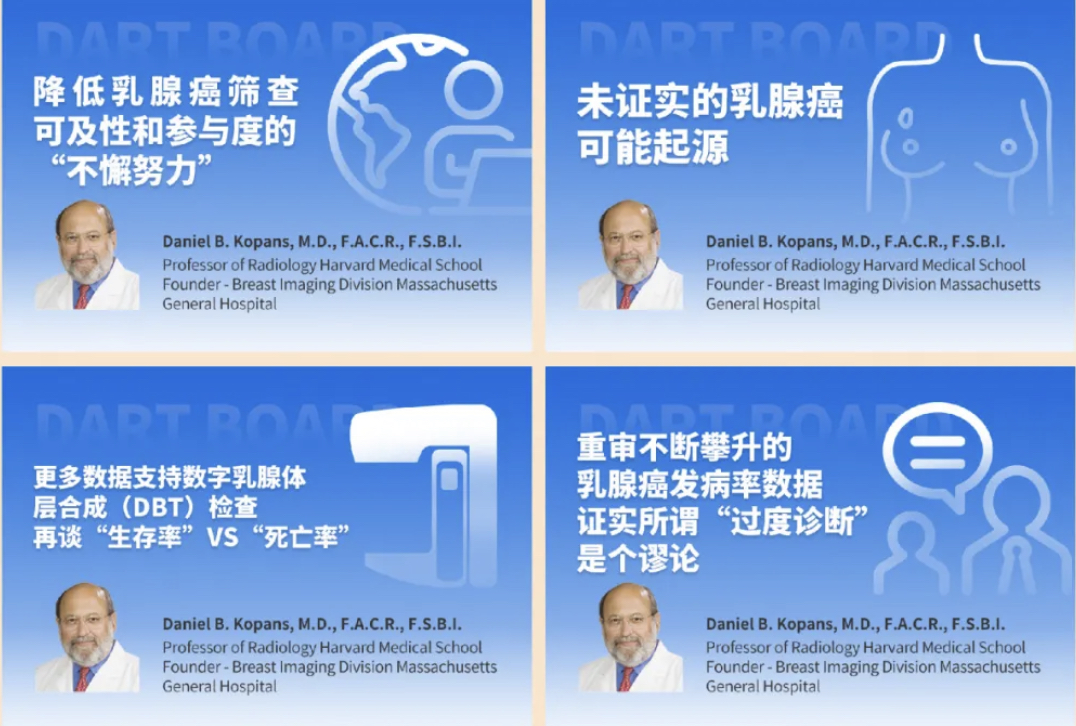
乳腺癌筛查是过去半个世纪女性健康领域最重大的进展之一。美国乳腺癌死亡率自1940年以来长期未见改观,早期诊断使得不断发展的疗法成功治愈数十万名女性。如今美国已将乳腺癌死亡率降低50%,并使许多女性的治疗过程显著降低了毒副作用和身体残缺风险。然而令人忧虑的是,同期乳腺癌的发病率却在持续攀升,这要求我们必须以更大力度持续推进防治工作。为确保女性持续享有早期筛查的权益,我们必须以尽可能高效的方式提供高质量的服务。当前存在试图通过限制筛查范围来削减成本的倾向,但在评估乳腺X射线摄影筛查的相对成本时,应当充分考量女性群体对社会发展的巨大价值贡献。
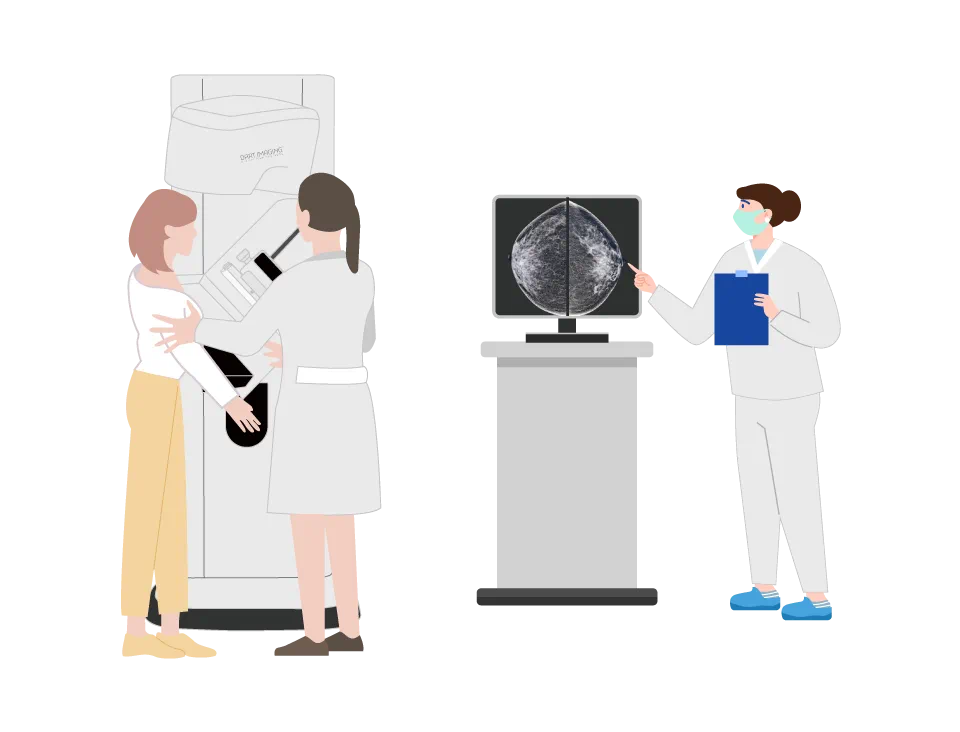
尽管我们已将乳腺癌死亡率降低了一半,但仍存在进一步降低死亡率的重大机会。数字乳腺断层合成(Digital Breast Tomosynthesis, DBT)技术能够更早地发现更多的癌症病例,这可能会转化为更低的死亡率。超声筛查应通过以死亡率为终点指标的随机对照试验来验证其临床价值。磁共振成像(Magnetic Resonance Imaging, MRI)技术也已被证实是可检出大多数乳腺癌的有效手段,若能在成本控制和普及应用方面取得突破,必将推动乳腺癌死亡率实现更大幅度的下降。
诸位同仁应引以为傲的是,通过早期发现乳腺癌,你们正以一种唯有通过你们的努力才能实现的方式挽救着更多生命。
希望继续与大家保持邮件沟通和交流!
我的邮箱:Dr.kopans@dartimaging.com
THANKS
Daniel B. Kopans, M.D., F.A.C.R., F.S.B.I.
Professor of Radiology Harvard Medical School
Founder - Breast Imaging Division Massachusetts General Hospital
Copyright 1/27/2025
Over the 4 years I have covered a lot of information and hope that I have been able to answer many of your questions. Breast cancer screening is one of the major advances in women’s health over the last half century. In the U.S. the death rate from breast cancer had been unchanged dating back to at least 1940. Early detection has allowed evolving therapies to cure hundreds of thousands of women. In the U.S. we have cut the death rate from breast cancer in half and allowed therapy to be much less toxic and disfiguring for many women. Unfortunately, the incidence of breast cancer has been increasing steadily over the same period of time so that our efforts need to continue and increase. In order to preserve access for women to early detection, it needs to be provided at high quality as efficiently as possible. There are those who wish to reduce access to screening hoping to save money. The value of women to society should be factored in making mammography screening relatively inexpensive.
Even though we have cut deaths in half, there are still major opportunities to further reduce deaths. Digital Breast Tomosynthesis (DBT) is finding more cancers earlier and this will likely translate into fewer deaths. Ultrasound screening should be tested in randomized controlled trials with death as the endpoint to determine its value. Magnetic Resonance Imaging appears to be the best way to find the majority of breast cancers. Efforts to make it less expensive and widely available could lead to it’s use and could result in a further dramatic decline in breast cancer deaths.
Each of you should be proud of the fact that by detecting breast cancer earlier, you are saving lives in a way that is only possible through your efforts.
In the future I will be happy to try to answer any questions.
My best to all.


